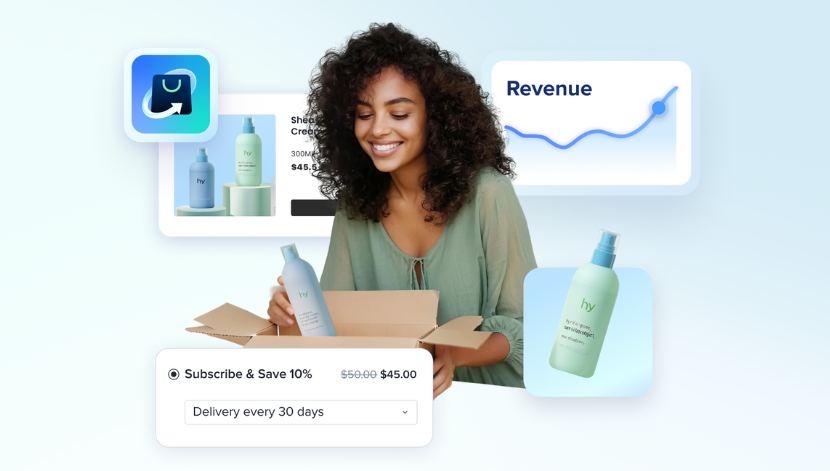
For brands looking to grow in a volatile and ever changing retail environment, selling products directly to consumers online has become more important than ever. Brands are looking to differentiate themselves as they compete for a slice of the sales pie in an increasingly competitive e-commerce landscape.
The two most commonly used channels and methods to sell online are developing a self-managed brand.com (website), or joining marketplaces like Lazada or Shopee. Both offer unique value propositions that brands can take advantage of to create a positive customer experience.
With so many things to take into account, it is no surprise that many brands face challenges in deciding which of these platforms they should use. In this article, we compare and contrast the pros and cons of selling through brand.com versus marketplaces head-to-head to help you make an informed decision and to better understand how to strategically leverage these channels.
As brands go online, growing their profitability is an important factor as they decide on which platform to use.
To start, making use of an online marketplace will cost substantially less than building a brand.com site. This is because businesses are able to tap on the existing infrastructure that marketplaces possess without building a website from scratch. However, as products are displayed with limited differentiation alongside similar competing products, customers on these platforms are usually highly price-sensitive and choose products with the lowest price. Most marketplaces also charge for each product listing and charge a commission for every transaction.
On the other hand, starting a brand.com means incurring a higher initial setup cost as businesses need to build their own website from scratch. This means that brands have to incur costs to build their operations and logistics infrastructure. This includes integrating their various sales channels, setting up a distribution network and connecting with payment gateways. Despite this higher startup cost, brands are also able to net higher returns by being able to control their pricing while not having to give up a percentage of sales on every transaction to the marketplace.
SHOPLINE’s platform helps brands get started with their brand.com cost-effectively with a subscription based model. Businesses can start their brand.com with all the features they need in an all-inclusive subscription. SHOPLINE’s payment and logistics integration also saves merchants the time and cost of building its own operations and logistics infrastructures from scratch.
Getting eyeballs on their products is a priority for brands looking to jumpstart their online presence.
When using a marketplace, brands can take advantage of their massive customer base - for example, Lazada has almost 80 million active users. However, brands on these platforms will only be exposed to a tiny fraction of this base due to the many products on these platforms with intense competition. To tackle this competition head-on, brands will have to differentiate aggressively on price and quality.
Businesses that are establishing a brand.com will need to invest time and resources to drive traffic to their website. Businesses, thus, need to increase awareness of their brand by developing a marketing strategy. This means that brands will need make use of paid advertisements on social media platforms, other websites and search engines Additionally, brands must optimise their search engine performance by using the right keywords and formats to ensure they appear when people are looking for things to buy.
Amidst increasing customer expectations, businesses are increasingly looking to tailor their online presence to nurture their brand identity and increase brand recall.
Using online marketplaces means that businesses are limited in their ability to customise their customer experience and build an image for their brand. Brands are only able to change limited aspects of their store pages such as their store header, logo, banner and chosen product recommendations. Otherwise, brands are restricted to the marketplace’s web experience. This means businesses are restricted in their brand expression and differentiation.
For brand.com sites, businesses are afforded much more freedom and flexibility to control their website and customise their user interface. Businesses can plan out the navigation and content on their brand.com to suit their individual brand needs. The brand.com site’s colours, fonts and visuals can also be customised to match their brand guidelines and identity. In this way, businesses can strategise and optimise their shopper’s entire web browsing experience.
SHOPLINE’s platform enables businesses to choose from 30 ready-to-use themes to jumpstart their online store. They can then use the drag and drop website builder to instantly customize images, select fonts, pick colours and add content.
Analytics are steadily becoming vital tools for businesses to make better decisions for their sales channels.
When brands use marketplaces, they are granted limited visibility into the health of their storefronts. Businesses are able to gain insights into top-level data such as sales metrics that they can use to find out which products are performing well. However, brands can only gain insights on these basic data sources to gain a surface-level understanding of store performance.
Owning a brand.com means that business also own all of their data. This means that brands are able to gain granular insights with to understand trends such as sales, order quantities and customer unit spend. Additionally, brand.com owners are able to learn how customers interact and navigate through the store.
SHOPLINE’s Shoplytics tool helps businesses to gain valuable insights into their customers with comprehensive reports that break down performance for overall website traffic, individual products as well as customer navigation journeys. Brand.com sites are, thus, able to take a customer-targeted marketing approach to build brand loyalty and increase sales.

Get our free guide to build a successful online store and scale your ecommerce business.
© Copyright 2013-25 SHOPLINE